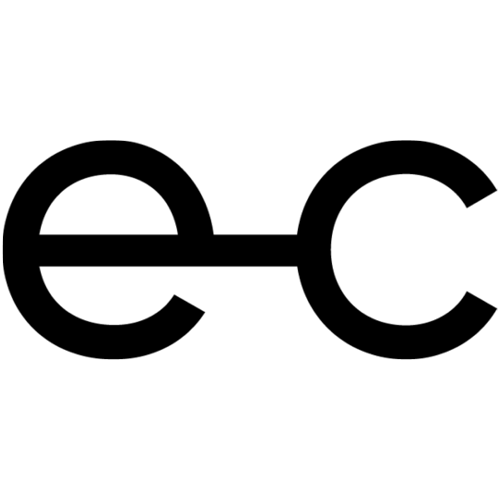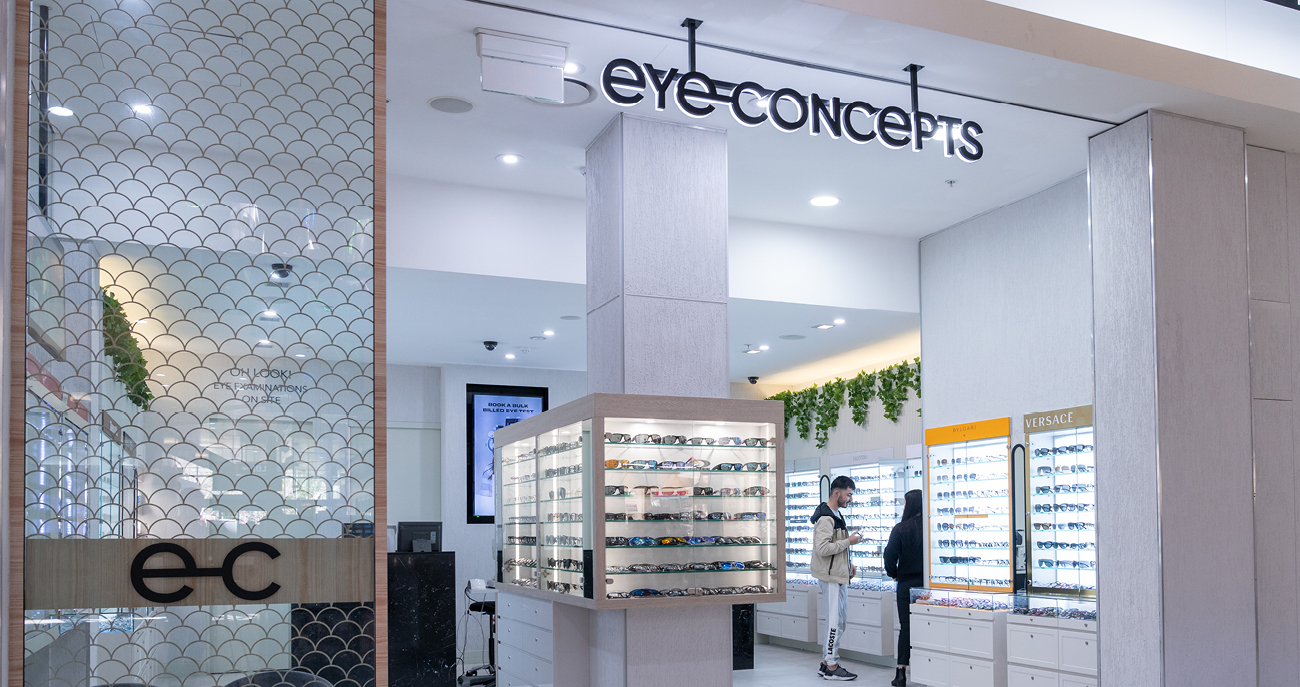Kids Eye Test: What Parents Need to Know
Why Regular Eye Tests for Children are Important
Regular eye tests are important to ensure your child's eyes are healthy. Vision problems can occur at any age, but there are certain milestones during childhood when it is particularly important to have regular checkups. An eye exam can detect potential issues early, allowing for quick intervention and better outcomes for your children's vision.
The first step to protecting the vision of your child is to have them tested at birth. A newborn eye exam can detect various problems, such as juvenile cataracts or refractive errors. Most children should have a comprehensive eye exam at least once between ages 3 and 5, before school. After that, they should have another checkup around age 6 or 7 after they've started school, depending on their needs. These exams are important, as vision problems may have gone undetected earlier.
Regular eye exams for children can also detect the onset of common vision problems such as short-sightedness, long-sightedness, astigmatism, and amblyopia (lazy eye). They can often be treated with simple measures such as glasses or patching if caught at an early age. If left untreated, however, vision problems among children may become more severe and require more intensive treatments.
A good child's eyesight is essential for classroom success at school, and regular exams can ensure that your child has no difficulty reading the board. It is most important for children who are progressing through learning and reading at school. In addition to checking for problems, regular eye exams can also help to ensure that your child's vision is developing properly.
What Happens During Kids' Eye Tests
A test for the children's eye should be as comfortable and stress-free as possible. The optometrist will ask you and your child routine questions about overall health, lifestyle, and any existing medical conditions that could affect vision.
Next, the Optometrist will use a lighted instrument called a phoropter to test your child's eyes. This machine will project various lenses of different strengths and ask your child which looks clearer. The optometrist will test how well they can see at different distances with each lens.
Your child may be reading an eye chart on the wall, covering one eye and then the other, or identifying various shapes and colours.
In some cases, drops may be used to dilate the pupils to get a better view of the inside of your child's eyes. The optometrist may also use special instruments that measure pressure in the eye or test how their young eyes move together when they look at an object.
At the end of the eye exam, you'll receive the results of your child's eye test and any recommendations for treatment or corrective eyewear. If necessary, the optometrist can also refer you to a specialist or eye doctor for further eyesight evaluation and treatment.
How to Know if Your Child Needs an Eye Test
Pay attention to your child's symptoms because these symptoms can indicate underlying issues with their eyes. If you notice any signs of eye problems, it's a good idea to schedule an eye test. Here are signs to look out for:
Complaining about blurred or distorted vision, eye strain, headaches, and double vision during reading activities
Closing one eye while reading
Sitting very close to watch TV or a device
Turning head to see better out of one eye
Tilting head to read
Skipping lines or words while reading
Difficult to focus on a moving object with eyes
Squinting or rubbing eyes more than usual
Trouble learning or reading at school
Complaining of itchy, burning, or watery eyes.
Common Eye Conditions Among Children
Eye conditions can be especially troublesome in children, as they may not recognise the signs and symptoms of an issue or be able to communicate what is wrong. Common eye conditions seen in children at a young age include:
Astigmatism
This condition occurs when the shape of the eye is slightly curved, causing blurred vision. Correction involves glasses or contact lenses.
Short-sightedness
This condition of being short-sighted occurs when objects appear blurred in distance vision but with a clear vision of near things. Prescription glasses or contact lenses can correct this.
Long-sightedness
This condition occurs when close objects appear blurred but have a clear vision of distant objects. Prescription glasses can help correct this.
Lazy Eye
This condition occurs when one eye has decreased vision due to improper development during childhood. Treatment typically involves using an eye patch on the weaker eye or therapeutic eye exercises.
What to Do Before Going to an Optometrist
Taking the necessary steps before going to an optometrist for treatment is important. Make sure you and your child completely understand the issue, and there may be recommendations for any potential treatments.
Additionally, you should ensure your children have a complete medical history available for the optometrist to review. It will help the eye doctor better understand existing conditions affecting your child's vision.
Conclusion
It's always important to seek professional medical advice regarding eye health and vision issues whether for adults or for your child. If you notice any signs of possible vision problems in your child, schedule an eye exam with an optometrist as soon as possible. Before going for treatment, it's always a good idea to have a complete medical history available for the optometrist to review. These steps ensure your child receives the best possible eyesight care and treatment.



